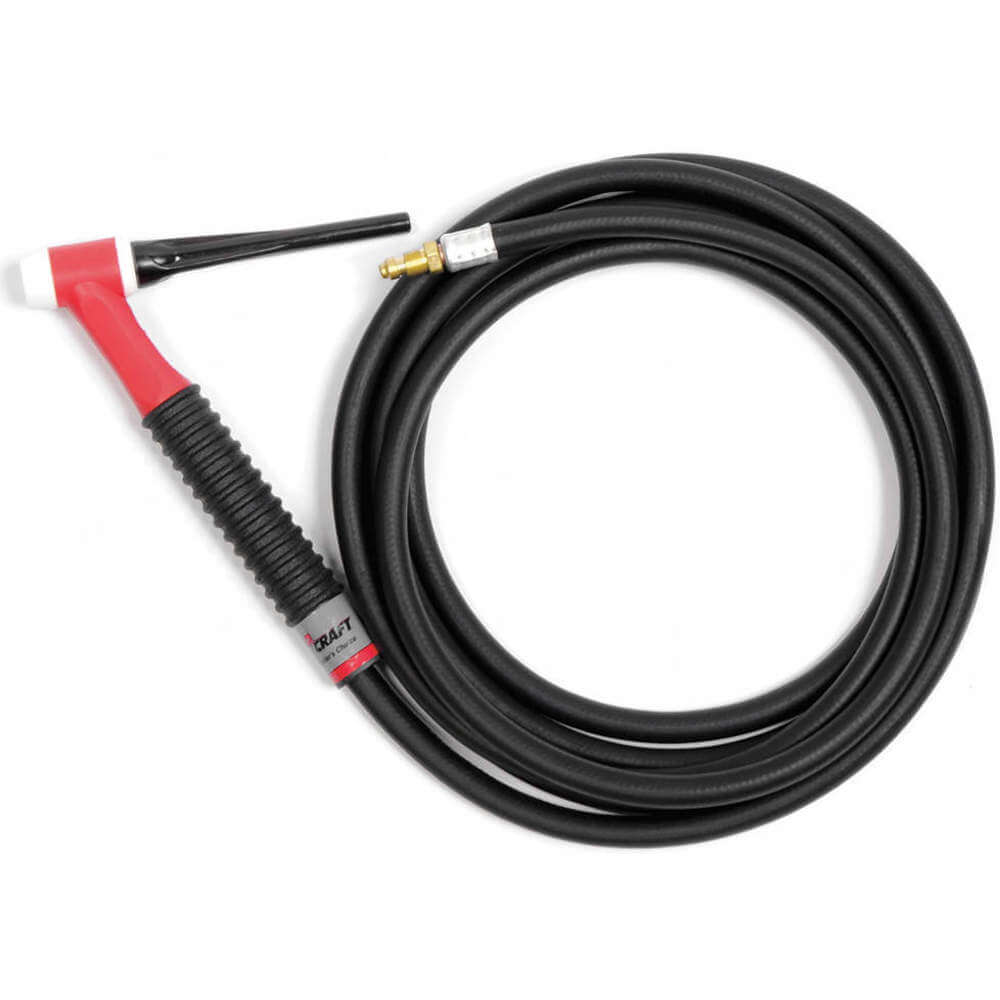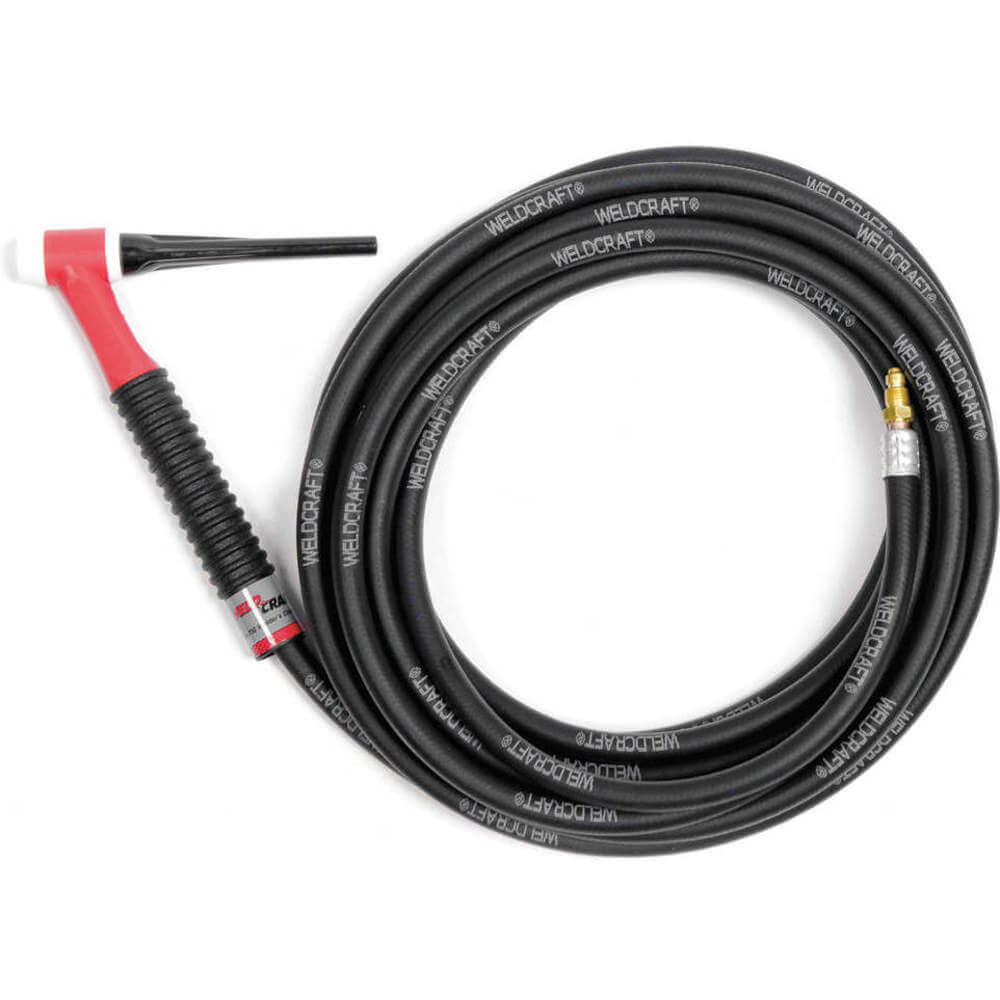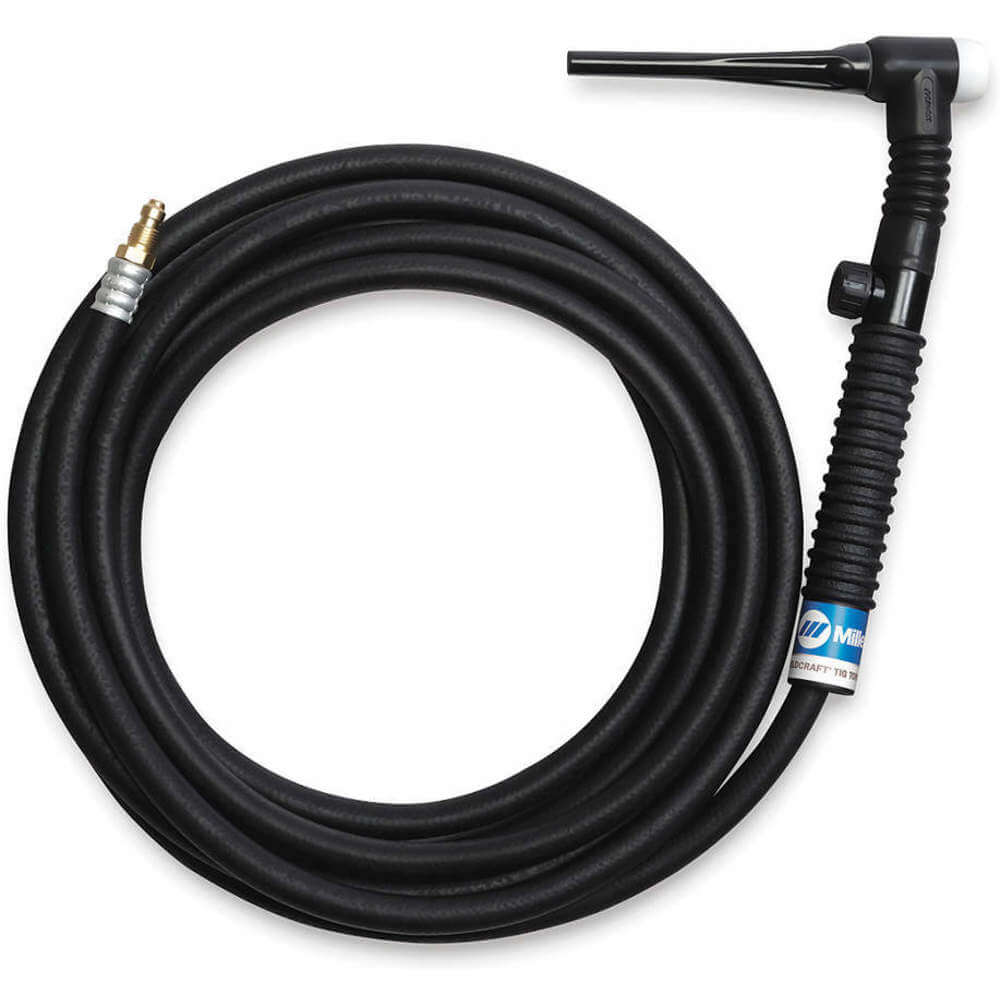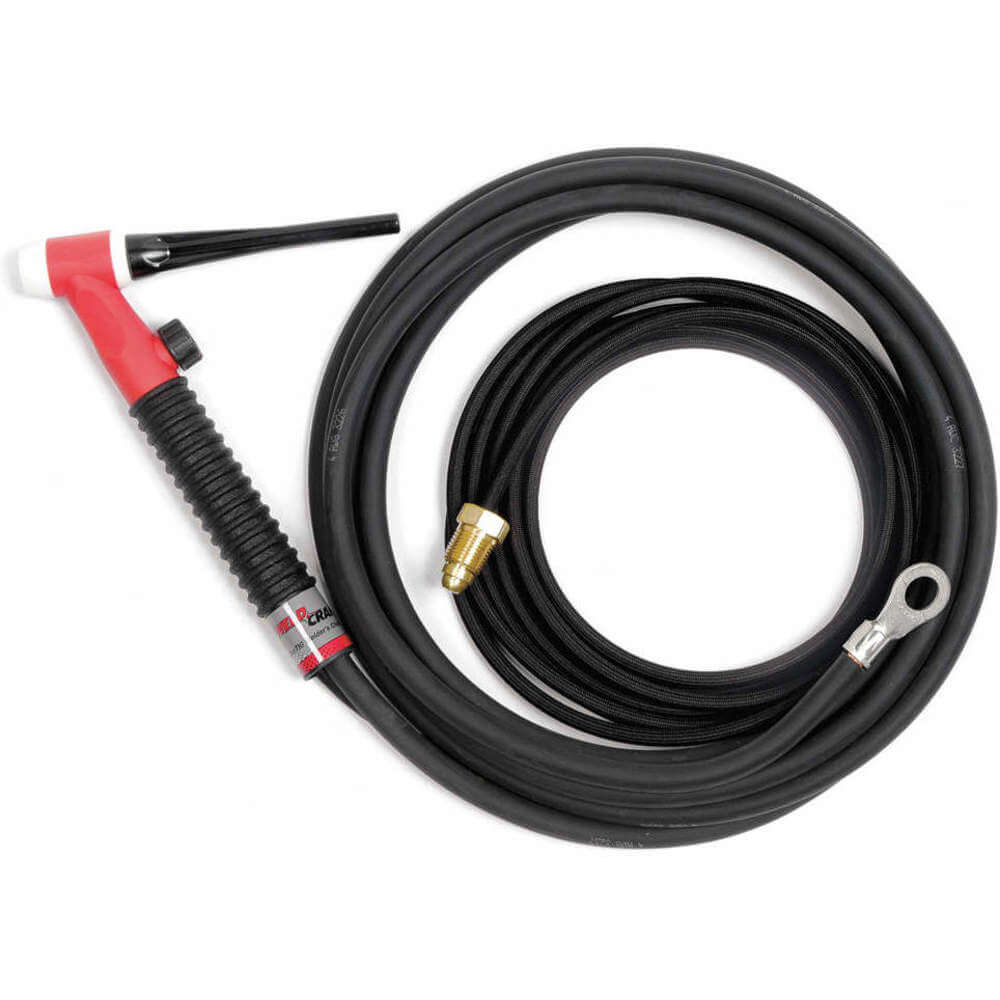Miller - Weldcraft TIG (tungsten inert gas) torch kits are engineered and tested to perform well with the brand's TIG welders. They are designed to weld metals like stainless steel, steel, chromoly, ...Read More
Miller - Weldcraft TIG (tungsten inert gas) torch kits are engineered and tested to perform well with the brand's TIG welders. They are designed to weld metals like stainless steel, steel, chromoly, nickel alloys, aluminium, copper, magnesium, bronze, brass and gold. The TIG welding process is ideal for welding bike frames, wagons, door handles, lawnmowers and fenders. Read Less
 Change Country
Change Country












